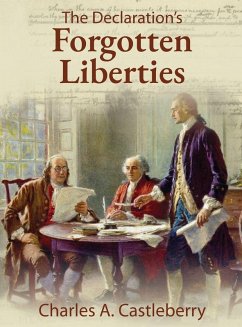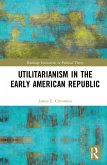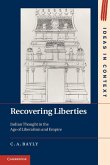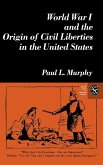Thomas Jefferson was not chosen to write the Declaration of Independence merely because he was well-liked or could turn a good phrase. He was selected because, two years earlier, he had already articulated every principle and nearly every grievance in his June 1774 "Summary View of the Rights of British America." Jefferson had even written all the grievances for the Rough Draft of the Declaration of Independence, nearly word for word, almost a month before. Though thoroughly prepared, Jefferson experienced an epiphany while drafting the Declaration: he envisioned a new social contract, creating not just a new nation but a new kind of people-no longer "subjects" but "citizens."It is widely believed that Jefferson drew heavily from fellow Virginian George Mason for the principles in the Declaration. However, a comparative analysis of original source documents reveals a different story, thoroughly debunking this near-universal misconception.The Declaration of Independence is a powerful narrative asserting the inherent rights of man and making a compelling case for independence from Great Britain. Jefferson supported this case with 27 grievances, what he called "a long train of abuses," inflicted on the colonists by King George III. Each grievance tells a story of liberty, many of them long forgotten-until now.
Bitte wählen Sie Ihr Anliegen aus.
Rechnungen
Retourenschein anfordern
Bestellstatus
Storno








